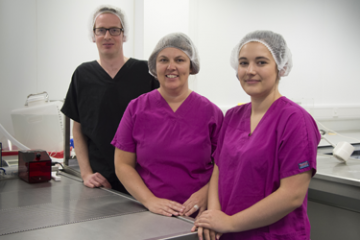Pilot study grant
Determining the source of variability within experimental stroke models

At a glance
Completed
Award date
November 2014 - November 2015
Grant amount
£74,586
Principal investigator
Dr Claire Gibson
Co-investigator(s)
- Dr Michael Kelly
Institute
University of Leicester
R
- Reduction
- Refinement
Read the abstract
View the grant profile on GtR
